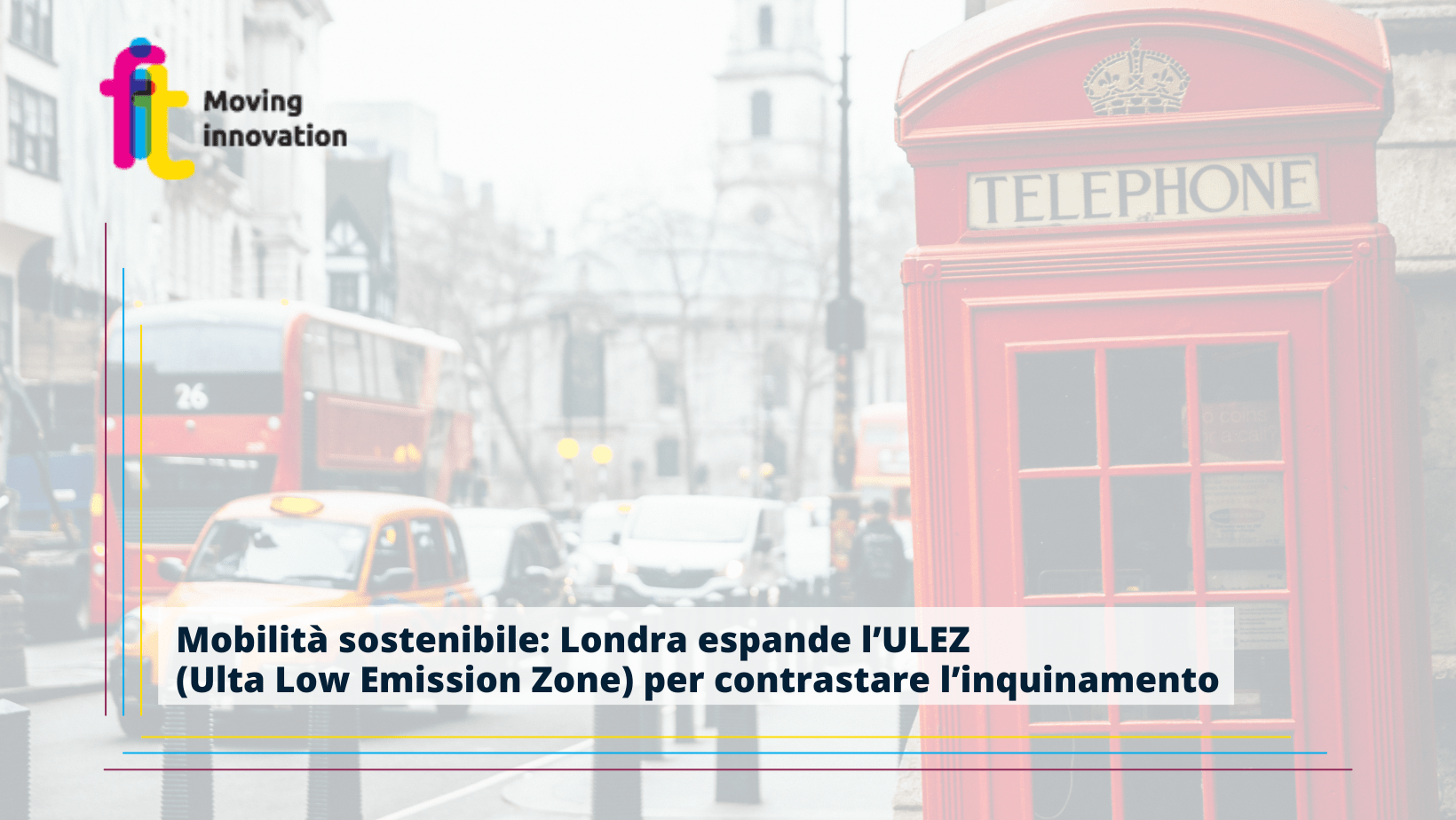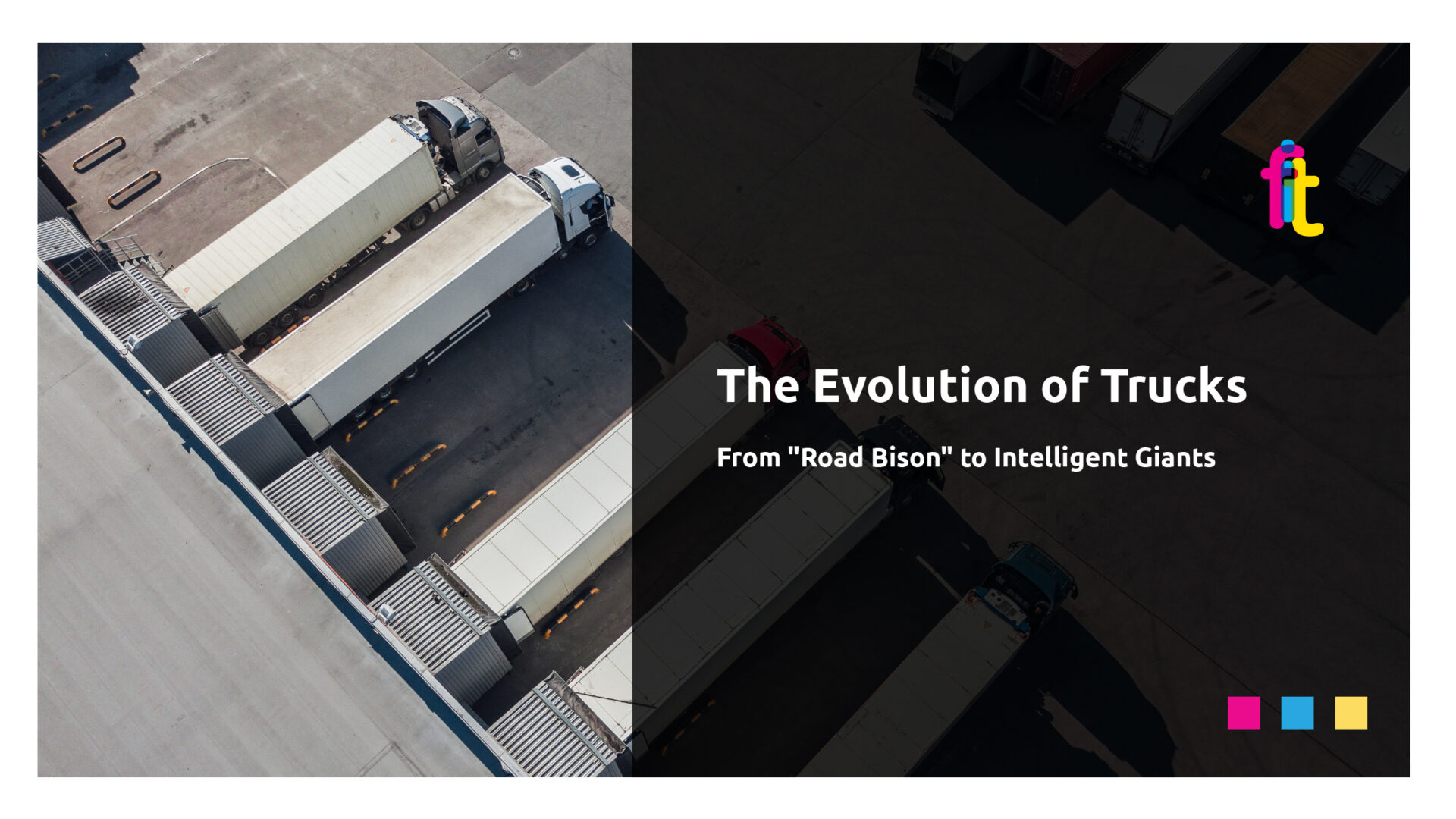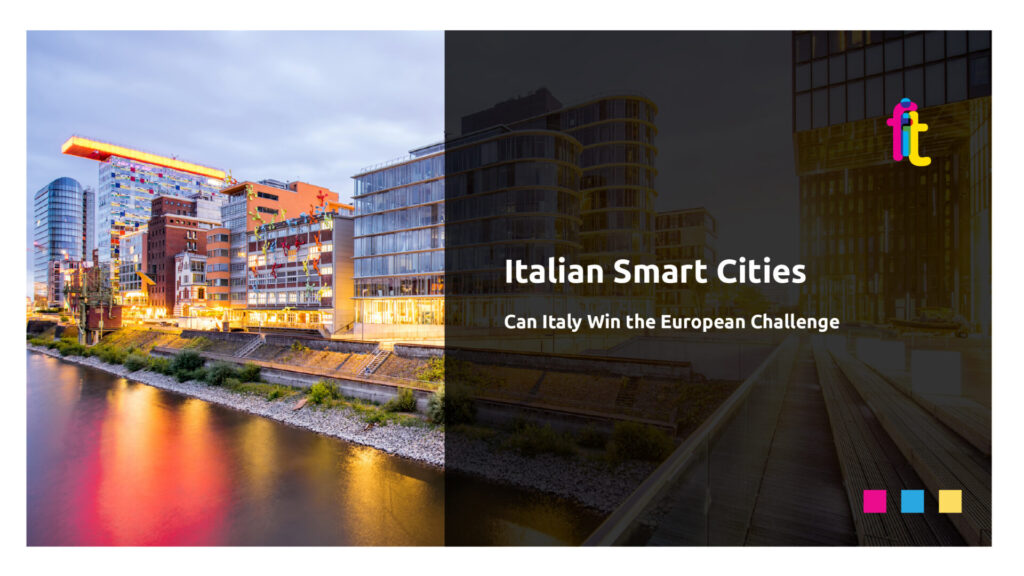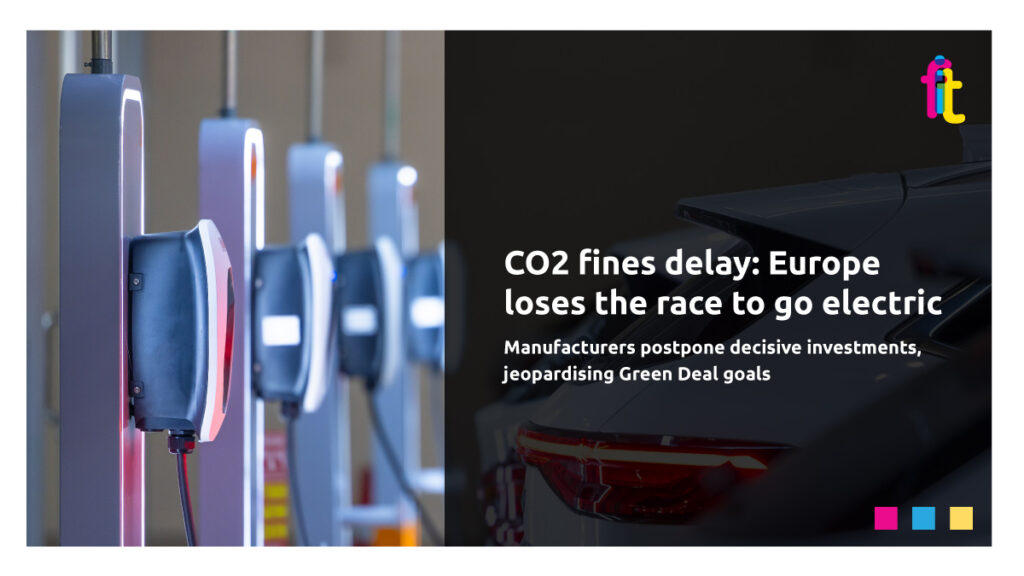The so-called ULEZ – Ultra Low Emission Zones are city areas in which the circulation of the most polluting vehicles is regulated and limited to ensure lower pollutant emissions. Already present in several European countries (including Italy, where they are called ZTL Ambiente), ULEZs make it possible to reduce emissions of fine particles, nitrogen dioxide and (indirectly) ozone, the three main air pollutants of concern throughout Europe, thus enabling more sustainable mobility in urban areas.
One of the most active cities in this regard is Londonalready at the centre of various experiments on the subject that have shown more than satisfactory results, and as of 28 August last, started the expansion of the city’s low-emission zone, which will thus double in size to reach the outskirts of the British capital by arriving at Heathrow Airport.
Initially, the Ulez only covered the city centre, but had already been extended one in 2021 to the northern and southern circular streets surrounding the urban core.
Designed to combat air pollution, the London Ulez represents a major change for London’s mobility, involving millions of motorists, many of whom have hitherto been excluded from the perimeter of the prime zone.
But how does it work? London’s low-emission zone imposes a daily charge of £12.50 on drivers of the oldest and most polluting vehicles (mainly those with petrol engines built before 2006 and diesels built before 2016), valid seven days a week and 24 hours a day. The new expansion will extend this tariff to around 200,000 vehicles, out of a total fleet of around 2.3 million vehicles that travel the streets of London on an average day.
Achievements over the years. In recent years, the London Ulez has proved to be a success: citizens abandoned diesel cars six times faster than citizens in other cities in the rest of the UKwhile in the city centre toxic nitrogen dioxide pollution along roads (half of which comes from diesel engines) è decreased by 44% since the entry into force of the ULEZ in 2019.
The European Union also strongly believes in low-emission zones to reduce the environmental impact of transport in urban areas. To date, in fact, 14 European countries have already established them and citizens seem to appreciate the benefits.
You may also be interested in our in-depth article on how to make ULEZ effective, click here.
Source: TTS Italy






